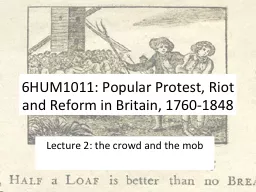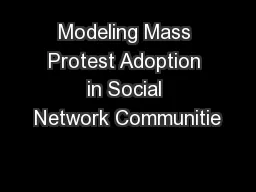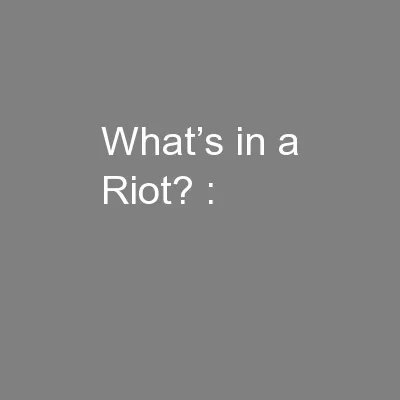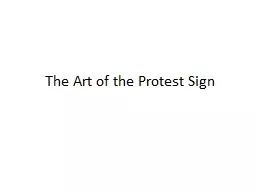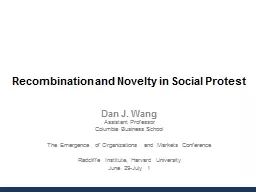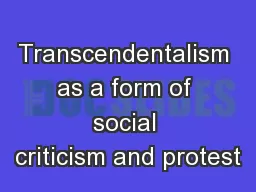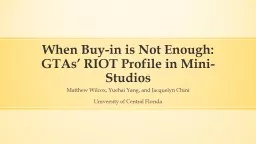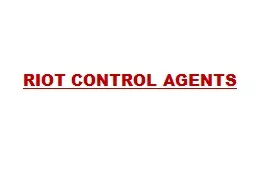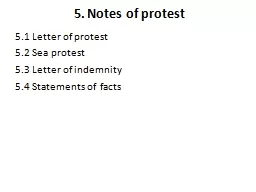PPT-6HUM1011: Popular Protest, Riot and Reform in Britain, 1760-1848
Author : olivia-moreira | Published Date : 2018-03-23
Lecture 2 the crowd and the mob Newspaper accounts of the riots of August 2011 httpwwwtelegraphcouknewsuknewscrime8690251LondonriotsGuerrillawarfareeruptsasnooneknowswheremobwillstrikenexthtml
Presentation Embed Code
Download Presentation
Download Presentation The PPT/PDF document "6HUM1011: Popular Protest, Riot and Ref..." is the property of its rightful owner. Permission is granted to download and print the materials on this website for personal, non-commercial use only, and to display it on your personal computer provided you do not modify the materials and that you retain all copyright notices contained in the materials. By downloading content from our website, you accept the terms of this agreement.
6HUM1011: Popular Protest, Riot and Reform in Britain, 1760-1848: Transcript
Download Rules Of Document
"6HUM1011: Popular Protest, Riot and Reform in Britain, 1760-1848"The content belongs to its owner. You may download and print it for personal use, without modification, and keep all copyright notices. By downloading, you agree to these terms.
Related Documents

